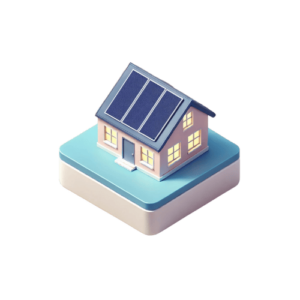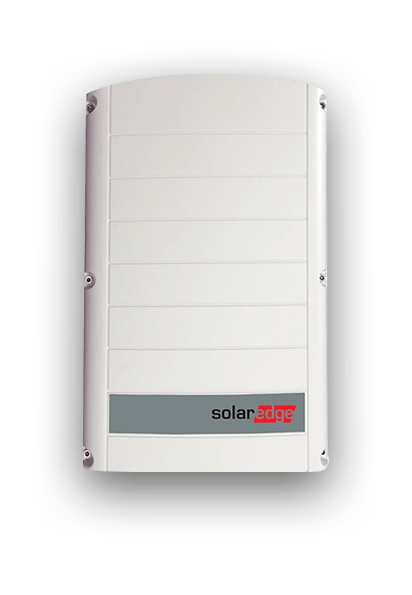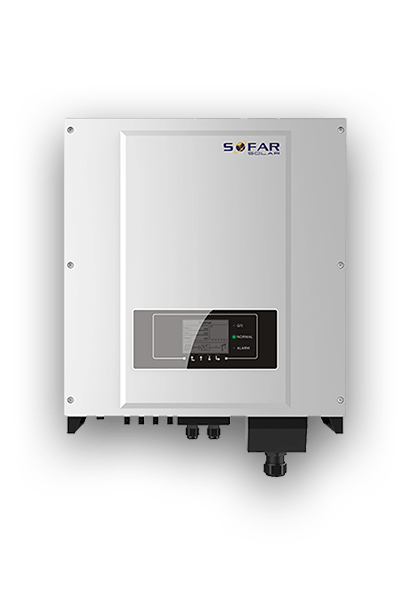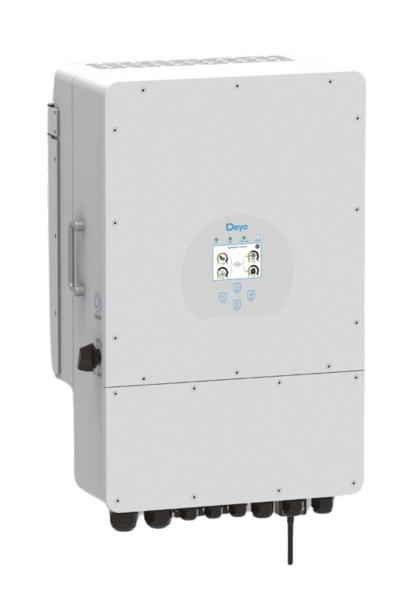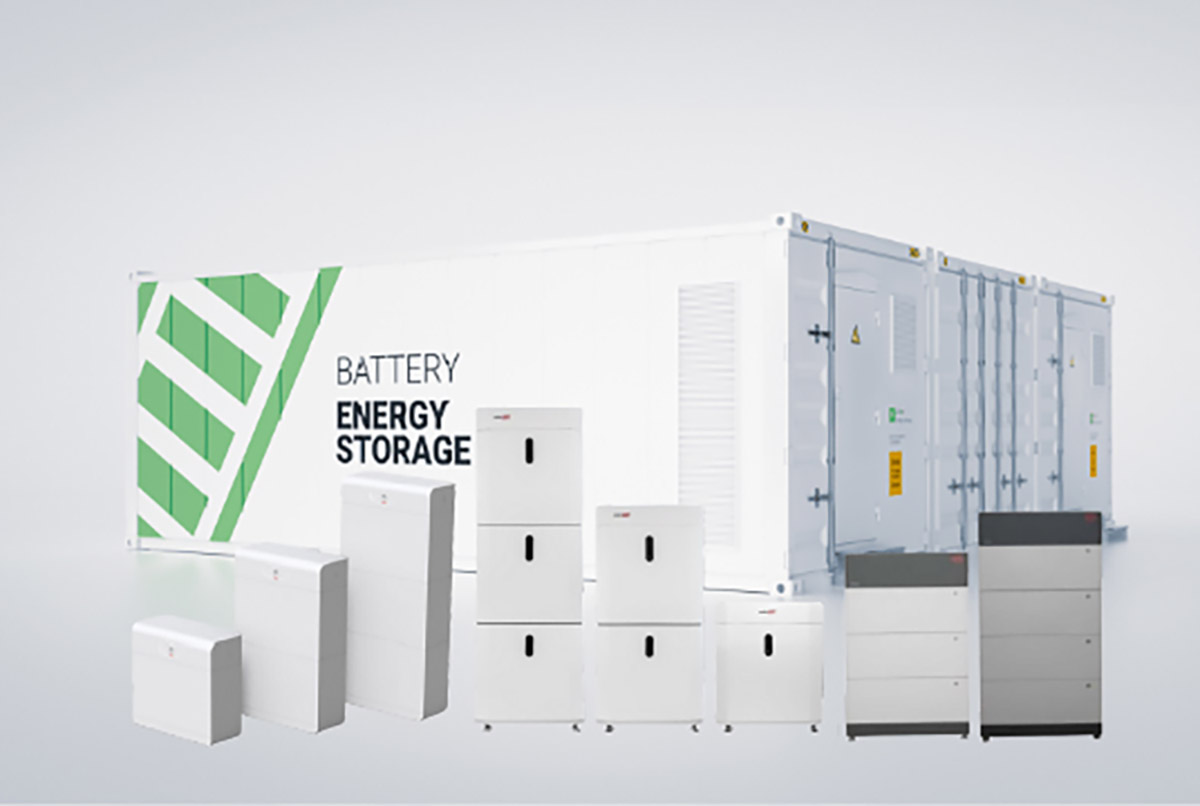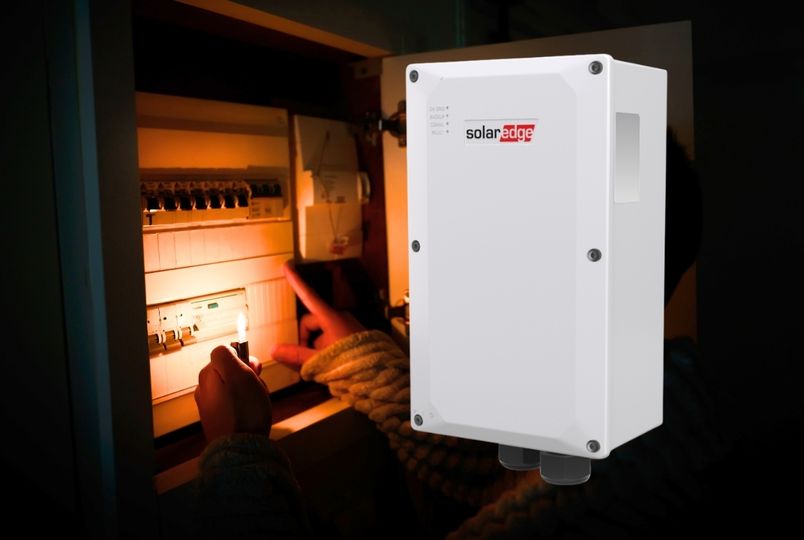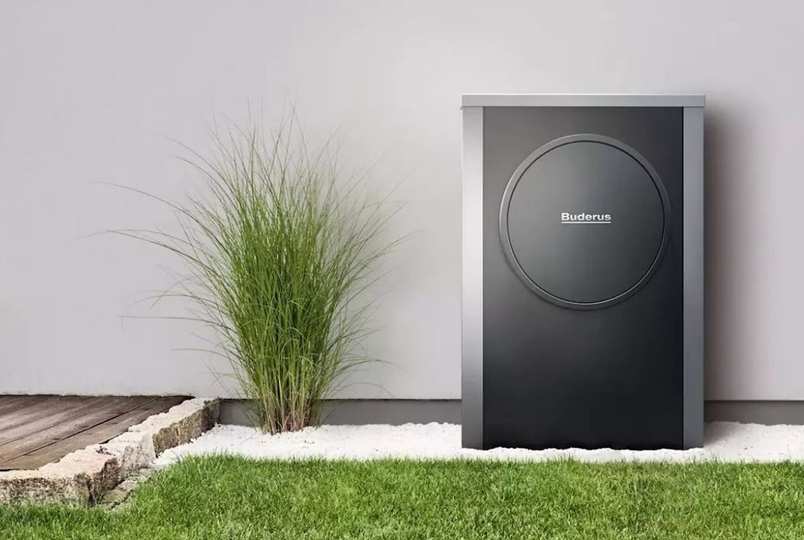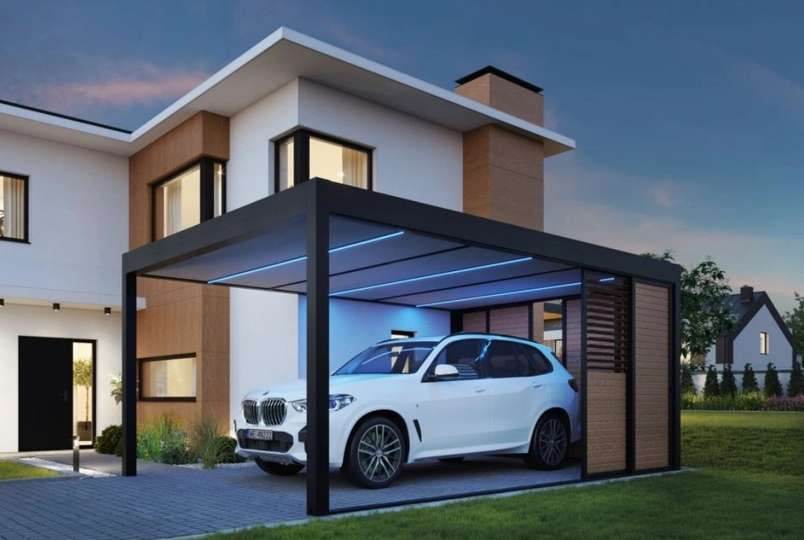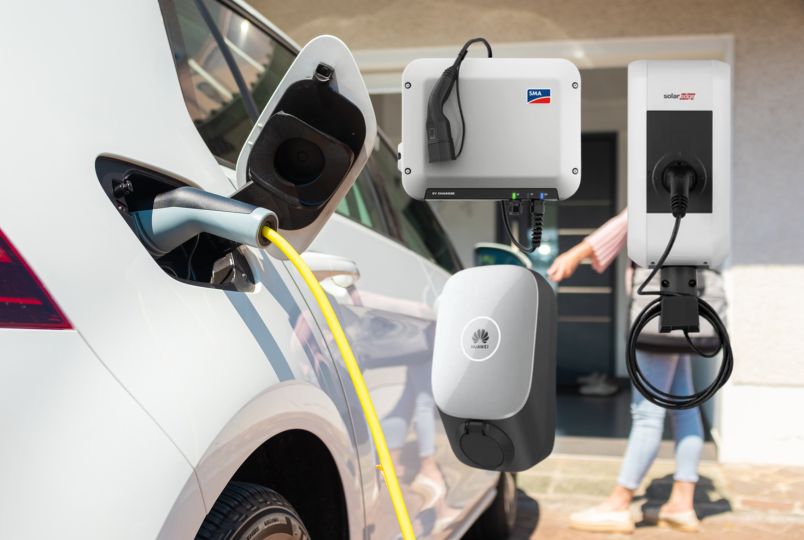SolarEdge
The SolarEdge inverter is a highly efficient and intelligent power conversion device that works in conjunction with power optimizers to maximize solar energy production. Unlike traditional string inverters, SolarEdge’s solution ensures each panel operates independently, preventing performance drops due to shading or dirt on a single module. It also enables panel-level monitoring, ensuring higher energy yields and long-term reliability.

